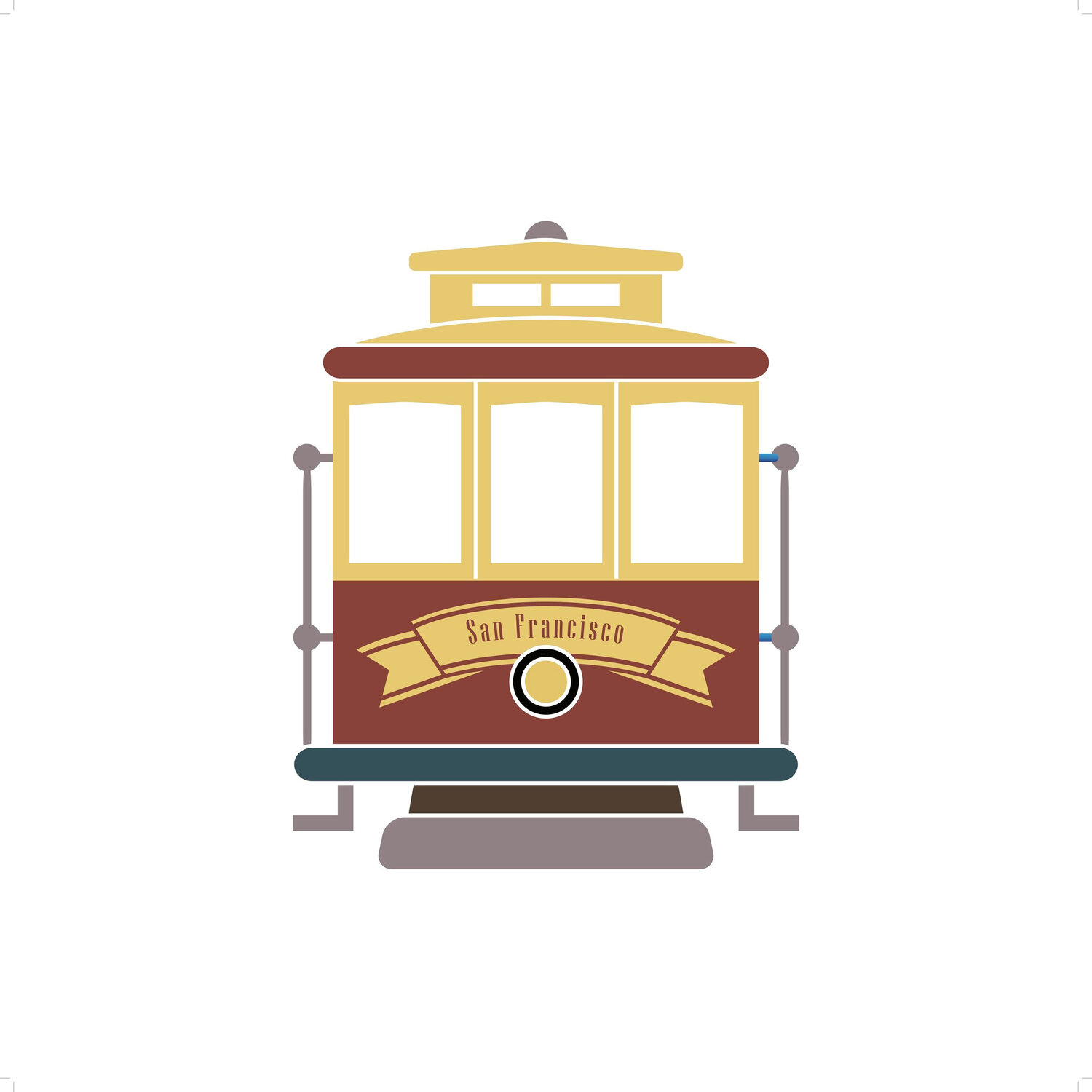Table of Contents
Introduction - See the Mischief part 1 and part 2.
Reasons for completing the project, notes on the sources used, challenges faced, and the research methods employed.
Chapter 1 - To the Land of Golden Butterflies (1852)
In January of 1852 Hallidie, his father Andrew Smith, brand new stepmother, and oldest brother William set out for California. Their destination was the Las Mariposas Estate owned by the renowned explorer John Charles Fremont.
Chapter 2 - The Engineer’s Son
An exploration of Hallidie’s family history, early childhood and the extraordinary life of his father who was a prolific inventor and active in the science and engineering community of London.
Chapters 3 - Mining Misadventures (1853-1856)
Smith returns to London leaving his teenaged son on his own. Hallidie, a virtual innocent and penniless at 19, learns how to be on his own in the gold fields.
Chapter 4 - Haywire: the first wire rope manufactory in the state (1856-1859)
A detail of the business climate of late Gold Rush era San Francisco, and the early days of Hallidie’s wire rope business.
Chapter 5 - The Bridge Builder: A.S. Hallidie & Co. (1856-1869)
An overview of Hallidie’s bridge building career and related patents.
Chapter 6 - Wiring the Comstock (1863-1873)
The challenges of tapping the Comstock Lode in Nevada required new technologies that could traverse rugged terrain and travel deeply underground.
Chapter 7 - The President of the Mechanics’ Institute (1867-1878)
Hallidie was involved with the Mechanics’ Institute for forty years including two stints as President. This chapter will detail Hallidie’s ferocious effort to bring the Institute into fiscal health, make it the premier library of the state, and his attempts to link it to the region’s industrial concerns and the University of California.
Chapter 10 – The Mechanics’ Institute’s “Pacific Rim” Industrial Exhibitions of 1869 and 1871 - See Before the Midwinter Part One, Part Two, Part Three, Part Four, Part Five, Part Six, Part Seven
The Mechanics’ Institute by 1869 had been hosting industrial fairs that highlighted local industry for a decade. Hallidie however had a dream to invite the world.
Chapter 11 - Hallidie’s Folly: the Transport that Conquered Nob Hill (1868-1890)
Everyone’s heard the story about the runaway horses that inspired Hallidie to build the cable car, the first successful cable drawn railroad, but the idea germinated much earlier than is commonly believed.
Chapter 12 - Wise Counselor and Faithful Servant (1868-1899)
Hallidie was a founding Regent of the University of California and ultimately would serve 32 years helping design the infant University’s programs and overseeing its finances.
Chapter 13 - The Dolly Varden Candidate (1873-1899)
Hallidie ran for the Senate (1873) and for Mayor of San Francisco (1874). This foray into politics was ultimately unsuccessful but it paved the way for Hallidie to assume a leadership role in civic affairs.
Chapter 14 – For Our Boys (and Girls): Technical Education in California
Hallidie was an outspoken promoter of manual training for young people - passionately espousing that it was an essential component to the State's industrial and commercial growth.
Chapter 15 - A Free Public Library (1877-1880)
In the 21st century, libraries are considered the heart of a community but in Hallidie’s time, the concept of a “free public library” was new. This chapter tells Hallidie’s role in the creation of the free public library in San Francisco, and the drafting of the Rogers Act – the California legislation that funds libraries with tax dollars.
Chapter 16 - The International Businessman: (1880-1895)
By 1880, Hallidie had made an international name for himself as a successful business and statesman.
Chapter 17 – The Test-Run for the World Columbian Exposition in Chicago and the Mid-Winter Fair in Golden Gate Park (1893-1894)
Hallidie never abandoned his dream of having a world fair centered in San Francisco. As part of a committee to oversee the representation of California at the World Fair in Chicago (1893) Hallidie pulled out all the stops to ensure that San Francisco had a brilliantly coordinated contribution.
Chapter 18 - A Wild Stage Ride (1900-1908)
A discussion of the end of Hallidie’s life, his legacy, what became of his family and wife Martha, and his various business interests, some of which still exist.
Chapter 19 – A Forgotten Legacy
The stories behind Hallidie’s commemorative structures such as the landmark Hallidie Building, by Willis Polk on Sutter Street and Hallidie Plaza at Market and Powell streets (where the cable cars turn around) in San Francisco.

